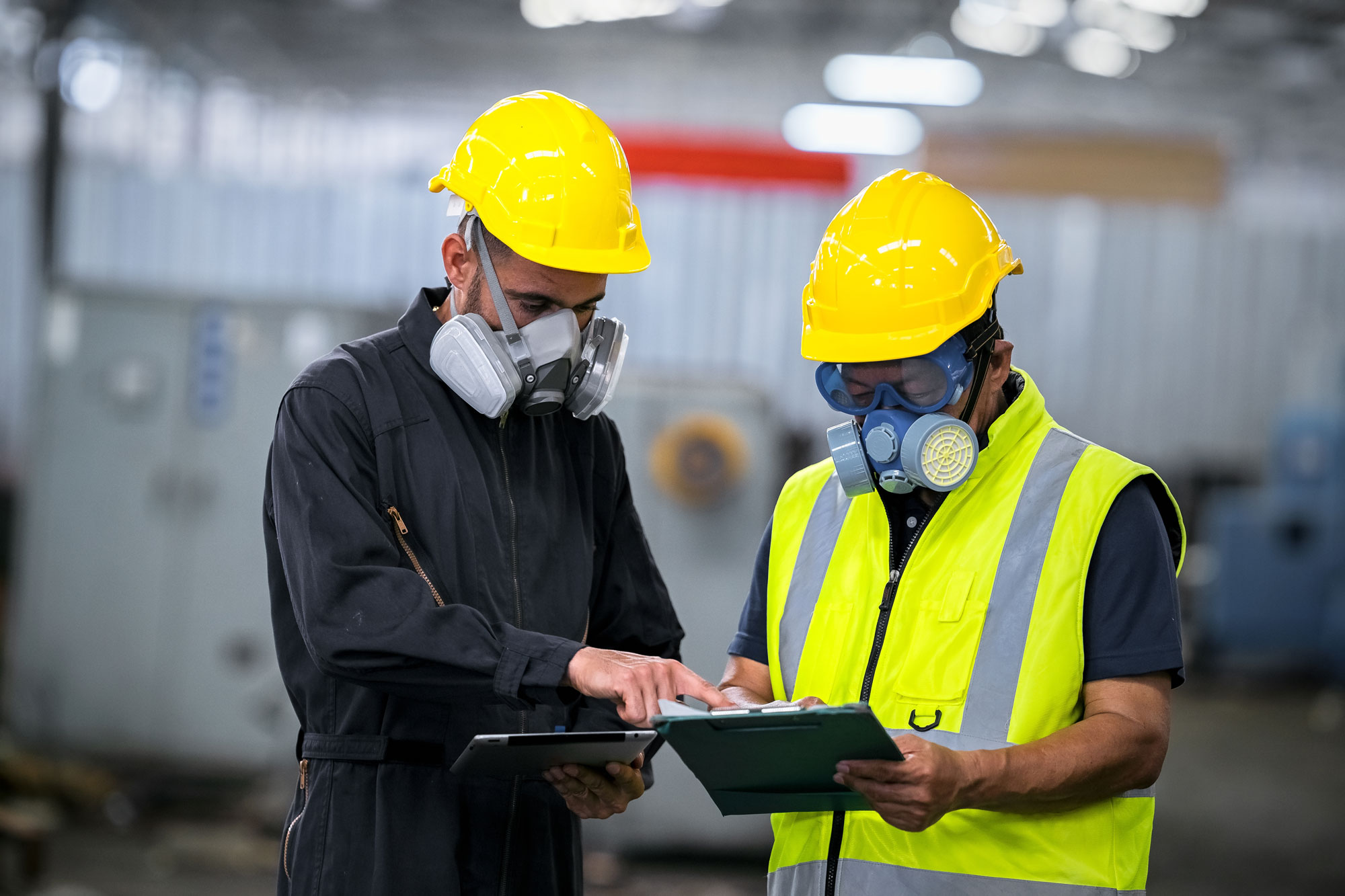
How to take proper precautions around chemicals in the workplace
Extremely hazardous substances (EHSs) are in use everywhere, not only in our homes but also in industries ranging from manufacturing to farming. To ensure workplace safety, it’s important to be aware of hazardous chemicals that are present. While the Environmental Protection Agency (EPA) has established an EHS list that outlines the most dangerous chemicals, the risk is always present whenever chemicals are around. Therefore, it’s crucial to implement a comprehensive familiarization program for you and your employees. This program will provide a wider understanding of hazardous chemicals and their effects in the workplace.
Train your employees
Chemical exposure is listed among the various reasons for workers’ compensation claims. Employers have a responsibility to adhere to federal agency regulations to protect workers from exposure to these hazardous substances. In most cases of on-the-job injury from chemical exposure, workers are entitled to compensation regardless of whether the employer or coworkers were at fault. Therefore, it’s essential to take all precautions necessary beforehand. This includes providing comprehensive training to employees on safe handling and risk mitigation when working with chemicals. A complete hazardous substances awareness program will cover such important topics as handling and storage, long-term warehousing, transport protocols, and response to emergencies. Such a program will also enhance the understanding of chemical safety regulations and best practices among supervisors and employees and can be tailored to meet the needs of your facility’s processes. By implementing these measures, you can create a safer workplace environment for everyone.
Use of personal protective equipment (PPE) is a crucial
When handling chemicals, the use of the right safety gear, such as gloves, masks, and labeled containers is paramount. While considered the last line of defense in a complete safety program, it’s essential when working in close proximity to hazardous materials. Hazards can take various forms, including dust, fumes, gases, or liquids from sources such as batteries, pesticides, exhaust fumes, or paint removers. These hazards can cause respiratory issues, eye and skin irritation, headaches, blistering, rashes, and even long-term or permanent damage or impairment. Approved chemical PPE options include aprons, gloves, coveralls, face shields, glasses capable of chemical resistance, and respiratory devices. The appropriate type of PPE should be chosen based on the type of hazard present. It should also be usable by anyone, kept in working condition, and used only by qualified personnel. By using the proper PPE, you can significantly reduce the risk of chemical-related injuries.
Additional safety measures when working around hazardous substances
According to the Health and Safety Authority, these are additional measures you can take to ensure workplace safety when working around hazardous substances:
• Close-at-hand information and supervision
• Outlining which chemicals will react and how to keep them in a stable condition
• Labeling chemicals clearly according to standard safety indicators and warning symbols
• Not exceeding safe exposure limits
• Updated register and manifest for new and discontinued chemicals
• Providing spill-containment measures
• Getting updated safety data sheets (SDSs) from the suppliers and manufacturers
• Identifying potential sources of ignition and maintaining required firefighting devices
Bottom line
To ensure a safe and stable workplace, it’s essential to understand the numerous hazardous and unstable properties that chemicals can possess before introducing them to the work environment and making them accessible to employees. In addition to workers’ compensation liability, regulatory systems must also be met. By taking all necessary measures to deal with hazardous chemicals, you can provide a safe and stable workplace for everyone.



